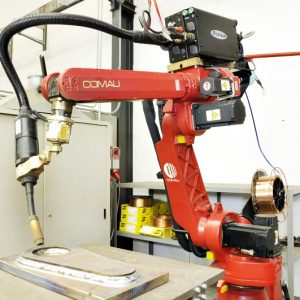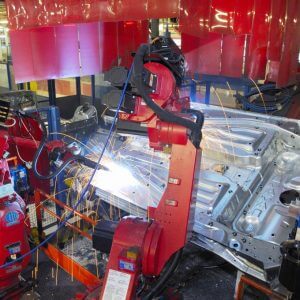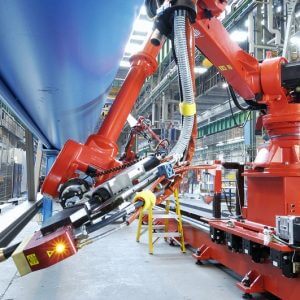Robotic Welding
Robotic welding system plays a critical role within the automotive industry. World’s Top Industrial Robotic Welding Manufacturers are Comau Robot, ABB Robot, Yaskawa Robot, Kuka Robot, Fanuc Robot and Nachi Robot.
Within a manufacturing environment, two types of welding robots generally get used. A semiautomatic and automatic robotic welding system each have a role.
The semiautomatic robotic welding system relies on human control for smaller-scale jobs. The controller will set the parameters for the robot to perform a simple operation. When complete, the person in control will handle the finished part.
DNC Automation provide best robotic welding systems in the industrial sector, being driven mainly by the automotive sector for the last several decades. Robotic welding is most productive when completing high-volume, repetitive welding tasks. Comau Robot Controller is able to communicate with Fronius and Magmeet welding controller by DeviceNet which will able to provide best performance on welding result.






